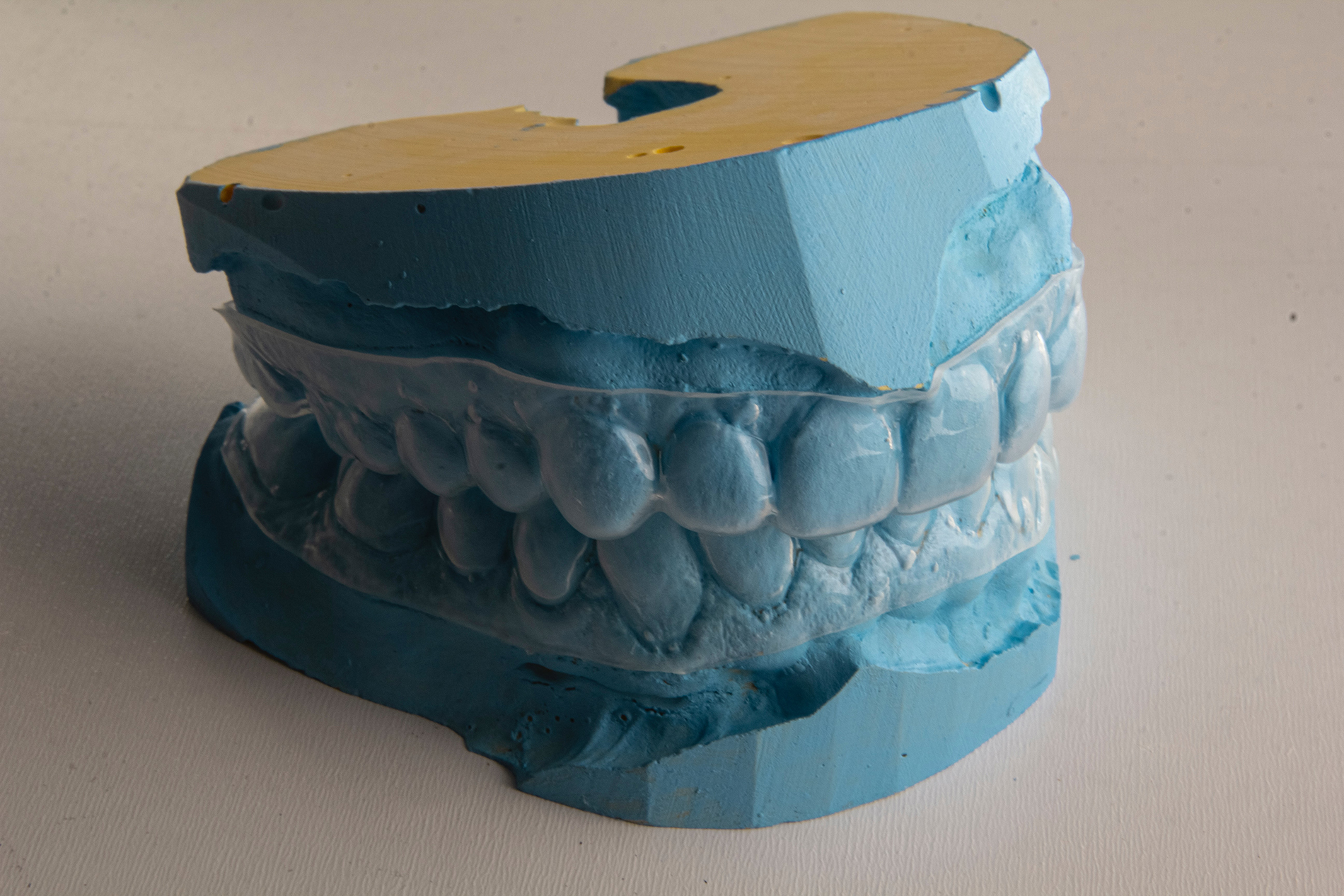You’re ready to straighten your teeth and improve your smile, but you’re not sure what orthodontic treatment is best for your needs. Invisalign and braces are two popular alternatives for straightening teeth and addressing specific dental issues. Here’s what you need to know about Invisalign versus braces so you better understand your options.
Invisalign
Invisalign consists of clear aligner trays crafted from BPA-free plastic. You wear the aligner trays over your teeth, and over time, the trays gently shift your teeth.
Your dental practitioner will use x-rays, 3-D scans, and oral impressions to ensure that your aligner trays are configured correctly. Unless you’re eating or drinking, you need to wear your Invisalign aligner trays for 22-24 hours a day for the treatment to be effective.
Since Invisalign is usually used for less severe orthodontic problems, the aligner trays typically only need to be worn between 6 and 18 months.
Advantages of Invisalign
The clear, comfortable plastic used for Invisalign makes it a popular option for cosmetic dentistry. Not only are the plastic aligner trays practically unnoticeable, but they’re more comfortable to wear than metal braces.
When you want to eat or drink, you’re allowed to remove your aligner trays. This means that there are no dietary restrictions associated with Invisalign. You can continue to enjoy hard, sticky, or crunchy treats that are restricted with traditional braces.
The ability to remove your aligners makes it easier for you to maintain proper dental hygiene. You don’t have to use special equipment or procedures to brush or floss your teeth.
In general, Invisalign requires fewer appointments than braces, making it ideal if you live far away from your dental provider or have a busy schedule.
Disadvantages of Invisalign
Even though you’re permitted to remove your aligner trays for eating, drinking, and brushing, you need to wear them the rest of the time. Otherwise, Invisalign won’t be effective. The most common reason Invisalign fails is that patients don’t wear their aligners for the recommended amount of time.
Invisalign isn’t always a treatment possibility for moderate to complex orthodontic issues. If your teeth are extremely crooked or if you have problems with your bite alignment, Invisalign likely isn’t your best option.
Braces
Braces consist of metal brackets that are glued to your teeth and connected together by wires and rubber bands. These components put pressure on your teeth (and jaw if necessary) to shift their positions.
Depending on your orthodontic issues, it can take two to three years for braces to shift your teeth and soft tissues.
Advantages of Braces
A benefit of opting for braces is that they are always in your mouth. You don’t have to worry about remembering to put them back in or swapping your aligner tray. Your dental provider will make all the adjustments necessary to shift your teeth.
One exception to this is if you need to wear rubber bands or elastics with your braces; you’ll have to change these a minimum of every 12 hours to make sure they’re exerting enough pressure.
Braces can improve dramatic orthodontic issues. For severe bite and palette problems, braces are typically the only effective non-surgical treatment option.
Disadvantages of Braces
A drawback to braces is that they make dental hygiene more complicated. It takes longer to brush and floss your teeth, and food particles like to accumulate around your wires and brackets.
Patients with brackets need to brush their teeth multiple times a day to ensure that plaque doesn’t develop and that their teeth aren’t discolored.
There are tools that you can use to make it easier to care for your teeth with braces. A water flosser is an effective alternative to flossing that works well for quickly removing food from your wires and brackets.
Most patients experience pain or discomfort when wearing braces, especially after they have them adjusted. This pain usually lasts a few days. The wires and brackets from your braces can also cause sores to develop until your mouth is used to your braces.
You’ll need to plan on going to your dental provider every month or so to have your braces readjusted.
Tips for Making Your Decision Between Invisalign Vs. Braces
Ultimately, your dental provider should suggest the best option for straightening your smile and addressing any other oral health issues. If braces and Invisalign are both viable options, you should consider any concerns or unique needs that you have.
It’s important to note that both braces and Invisalign require you to wear a retainer for a specified time period (eventually transitioning to nightwear) to make sure your teeth remain straight.
Cost
Whether or not braces or Invisalign are cheaper is highly dependent on your specific orthodontic issues. While Invisalign was traditionally more expensive than braces, this isn’t always the case thanks to technological advances that have made it cheaper to produce the aligner trays.
Your dental provider can provide a detailed estimate of the cost of dental braces versus Invisalign.
At Sydney Road Dental Health, we understand that you have concerns about paying for the cost of dental braces or Invisalign. We offer affordable prices and patient-friendly payment plans.
Lifestyle Preferences
While both Invisalign and braces must be worn most of the day to be effective (and with braces you don’t have an option about wearing them), your lifestyle needs can make one more attractive for your orthodontic treatment.
If you dread the thought of having to avoid certain foods or don’t want your brushing and flossing routine to take any longer than it currently does, Invisalign is an excellent choice to ensure there’s minimal disruption to your daily schedule.
How to Learn More About Invisalign Vs. Braces
Want to learn more about how Invisalign or braces can improve your smile and enhance your overall dental health? Contact Sydney Road Dental Care to book an appointment.

